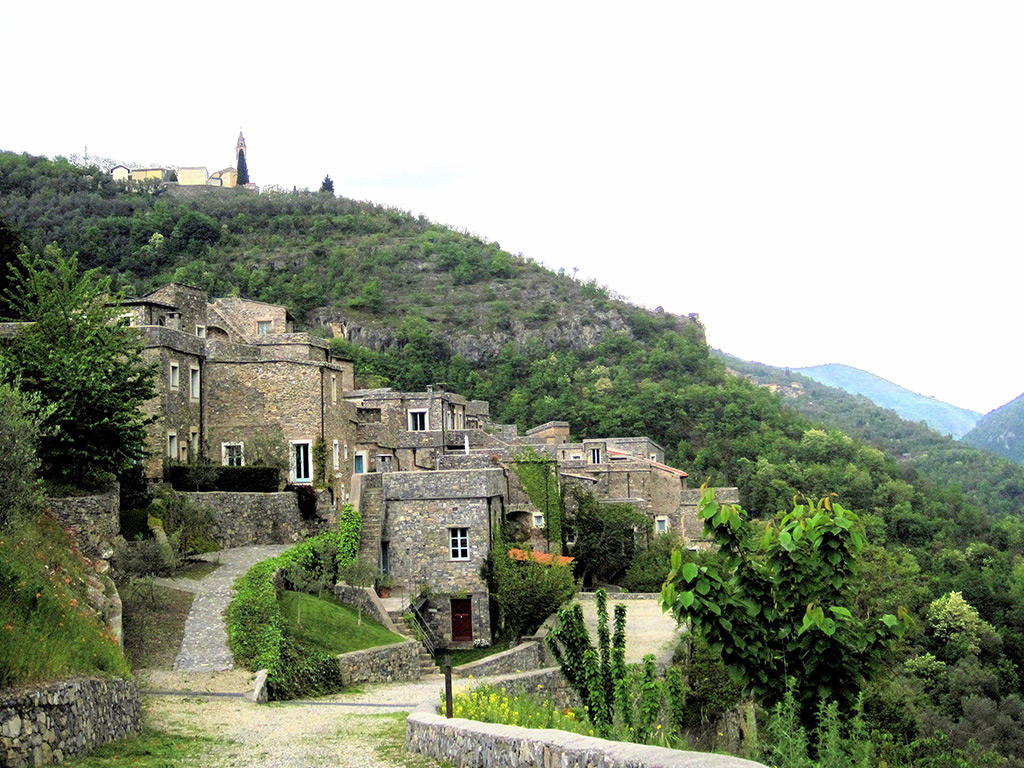Garlenda
The territory of Garlenda is located in the Lerrone valley, near the stream of the same name, almost at the confluence with the Arroscia stream.
Religious architectures
Parish Church of the Nativity in Garlenda. Built in the 17th century with an octagonal dome and baroque bell tower. Inside, in addition to the precious inlaid marbles, there is a seventeenth-century canvas attributed to Guercino donated by Rome to the Costa feudal lords for the parish church of Garlende.
Church of San Rocco, along the right bank of the Lerrone stream in Garlenda. Located near the local golf course, the original structure was destroyed during the earthquake of 1887 and the current reconstruction dates back to 1890.
Chapel of Santo Stefano in the hamlet of Paravenna.
Chapel of San Bernardo in the hamlet of Paravenna, from the 15th century with frescoes dated to 1561.
Military architectures
Garlenda Castle. Dated to the seventeenth century, it is also called della Meridiana and was originally a guard house which was later transformed into residential accommodation for the local lords, the Costa Albenganians. Located at the beginning of the town, it was inhabited by the Costa-Del Carretto family. Today it has become the property of the municipality of Garlenda and is the seat of conferences, shows and exhibitions.
Ruins of the Lengueglia castle. Dating back to the twelfth century and destroyed in the mid-sixteenth century by a revolt against the Lengueglias, only the ruins remain (a one-piece tower to the south east, outlets for tunnels, the perimeter area still detectable and coinciding with the current top of the hill, uninhabited) in the hamlet of Castelli. Not coincidentally, the hamlet has always been called “U Burgu” (the village), located on the extreme point of the ridge that divides the Lerrone valley from a side valley, on whose coast opposite that of Castelli stands the hamlet of Marta in the municipality of Villanova d’Albenga. On the site there is now a relatively recent chapel dedicated to St. Catherine and many of the houses in the ancient village of Castelli were also built with the use of material originally belonging to the devastated castle. There is a provision for the protection of the area by the Superintendency, valid up to the municipal road below.



 METEO
METEO
